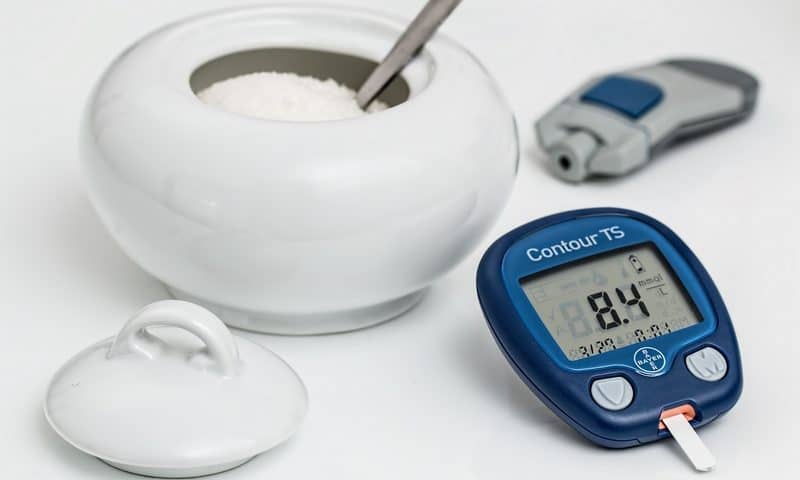A dearth of insulin-producing beta cells in the pancreas is a key feature of diabetes, and the culprit in the failure to control blood glucose levels. While many drugs can help patients successfully manage their diabetes, none of them can tackle this underlying cause of the disease.
Now, scientists at the Icahn School of Medicine at Mount Sinai have found that a combination of two existing classes of drugs can support the regeneration of beta cells at high rates in both lab dishes and mice. The findings could spur new diabetes treatment strategies, they argue.
The two types of drugs are DYRK1A inhibitors and GLP-1 receptor agonists, according to the team’s new study published in Science Translational Medicine. The latter group includes widely prescribed diabetes meds such as Novo Nordisk’s Victoza, Ozempic and newly approved Rybelsus as well as Eli Lilly’s Trulicity and AstraZeneca’s Bydureon, among others.
“We are very excited about this new drug combination because for the first time ever, we are able to see rates of human beta cell replication that are sufficient to replenish beta cell mass in humans with diabetes,” Andrew Stewart, M.D., the study’s lead author, said in a statement.
GLP-1 receptor agonists work by stimulating the secretion of insulin from remaining working beta cells. Previous studies have shown they can induce replication of rodent beta cells but fail to do the same in adult human tissues.
DYRK1A inhibitors have been shown to induce human beta cell proliferation, but only modestly. Stewart and colleagues recently found that the combination of TGF-β superfamily and DYRK1A inhibitors could enhance the effect. However, the idea was abandoned because it also led to the unwanted growth of other cells.
This time, Stewart’s team tried pairing a GLP-1 receptor agonist and the DYRK1A inhibitor harmine. The combo caused 5% to 6% of cells in human pancreatic islets to start proliferating after four days of treatment, translating into an increase in the total population of human beta cells by an average of 40%, the team reported. In comparison, the GLP-1 drug alone had a negligible impacted, and harmine affected about 2% of cells. The harmine-GLP-1 cocktail also boosted beta cells’ response to glucose in Type 2 diabetes .
To determine whether the benefits also work in live animals, the researchers tested the combo in diabetic mice transplanted with human islets. Animals that received Bydureon and harmine together had better beta cell proliferation than those that got either drug alone, and they displayed near-normal glucose levels, according to the scientists.
Developing new ways to regenerate pancreatic beta cells has been a hot area of focus in diabetes research. Harvard-born biotech Semma Therapeutics recently managed to turn undifferentiated pluripotent stem cells into functioning beta cells. Researchers at the University of Geneva dialed up the expression of transcription factors PDX1 and MafA to enable non-insulin-producing alpha and gamma cells to secret insulin. A team at Stanford University replicated beta cells by using zinc to guide a regenerative medicine called CC-401.
The Mount Sinai scientists argue their approach boasts the advantage of rapidly leveraging the popular GLP-1 class of diabetes drugs. They suggest that any DYRK1A inhibitor administered with any GLP-1 receptor agonist currently in use—or by extension with any DPP-4 inhibitor that augments circulating GLP-1—could significantly increase beta cell proliferation.
“The beauty here is that the combination of DYRK1A inhibitors with GLP1R agonists achieves the highest rate of human beta cell replication possible, and does so in a highly specific way,” the study’s first author, Courtney Ackeifi, said in a statement. “This is an important advance in the field of diabetes because we may have found a way to convert a widely used class of diabetes drugs into a potent human beta cell regenerative treatment for all forms of diabetes.”
Next up, the team plans to further validate the method by running long-term studies in animals and to determine whether the combo has any unintended effects on other cells.

